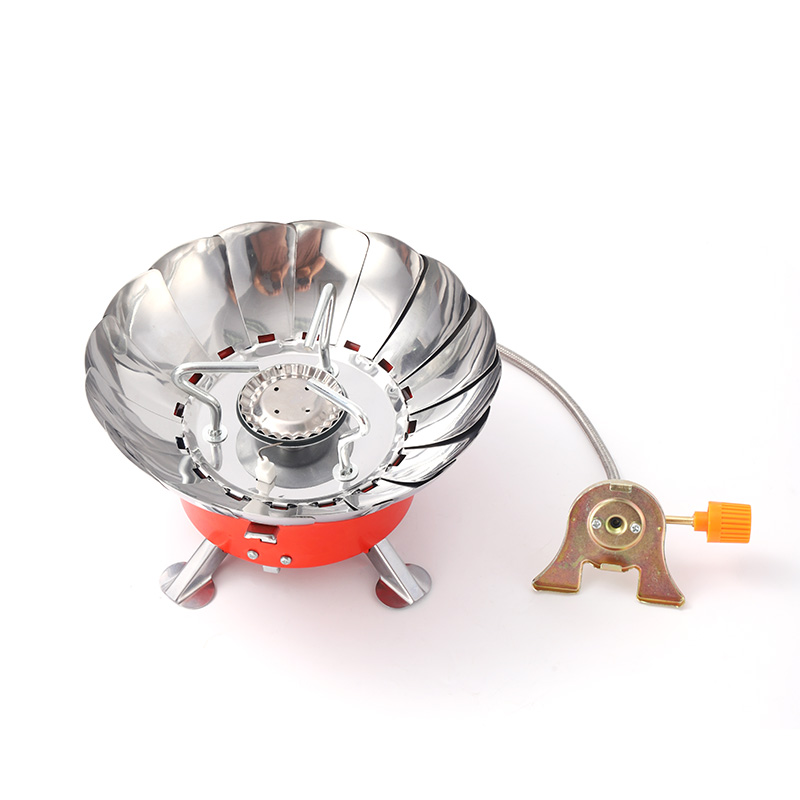When the mercury drops below zero, the thing many campers worry about is not their sleeping bag but their camping gas stove. Will it light? Will it stay lit? And can it still deliver enough heat to melt snow for morning coffee? The short answer is yes—if you understand how cold affects the fuel and the stove’s design. Let’s break down the science, the risks, and the field-proven tricks that keep a blue flame alive on the coldest nights.
Know your fuel mixture
Most threaded canisters labeled “butane/propane” actually contain a blend of isobutane, n-butane, and propane. Each gas vaporizes at a different temperature: propane at ‑42 °C, isobutane at ‑12 °C, n-butane at ‑0.5 °C. In mild cold, the stove burns the propane To begin with, then the isobutane. When the canister temperature approaches ‑12 °C, n-butane refuses to vaporize and pressure collapses. The result is a lazy yellow flame that barely brings water to a simmer. Solution: choose canisters with a higher percentage of isobutane and propane; they’re marketed as “four-season” or “winter” mixes.
Keep the canister warm before use
Cold metal sucks heat fast. Store the canister in your jacket pocket while setting up camp, or sleep with it in your sleeping bag. Ten minutes of body heat can raise the internal temperature by 10 °C, restoring full pressure. For really harsh nights, bring a small closed-cell foam sleeve; it acts like a parka for the fuel.
Insulate from the ground
Snow or frozen ground is a heat sink. Place the stove on a square of plywood, an upside-down lid, or even a folded sit-pad. This simple barrier prevents conductive cooling and keeps the canister above the critical vaporization threshold.

Use a windscreen—but carefully
Windscreens boost efficiency by trapping warm air around the burner, but they can overheat a canister. In sub-zero conditions the risk is lower, so a tight aluminum foil wrap or purpose-built clip-on screen is usually safe. Monitor the canister temperature by touch; if it feels warmer than your hand, ventilate immediately.
Invert the canister if your stove allows it
Remote-canister stoves with a pre-heat tube let you flip the canister upside-down. Liquid fuel then feeds directly to the burner, bypassing the need for vaporization inside the canister. This trick works down to about ‑25 °C. Practice the maneuver in your backyard; a mis-threaded connection will spray liquid fuel and create a fireball.
Warm the canister while cooking
Place a shallow dish of lukewarm water—never boiling—under the canister. The warmth restores pressure without risking explosion. Keep an eye on ice build-up; when the water freezes, replace it with fresh lukewarm water.
Finish with a purge
After dinner, close the valve and detach the canister. Open the valve again for a half-second to clear fuel from the line; this prevents ice crystals from forming inside the jet and clogging it overnight.
With these precautions, a quality camping gas stove can handle freezing nights down to ‑20 °C and still bring a liter of snow to a rolling boil in under five minutes. Choose the right fuel, keep it warm, and your stove will remain the heart of winter camp life, no matter how low the thermometer drops.
Copyright © Yongkang Aomijia Industry & Trade Co., Ltd. All Rights Reserved.
Lightweight Camping Gas Stove Cookware Factory
